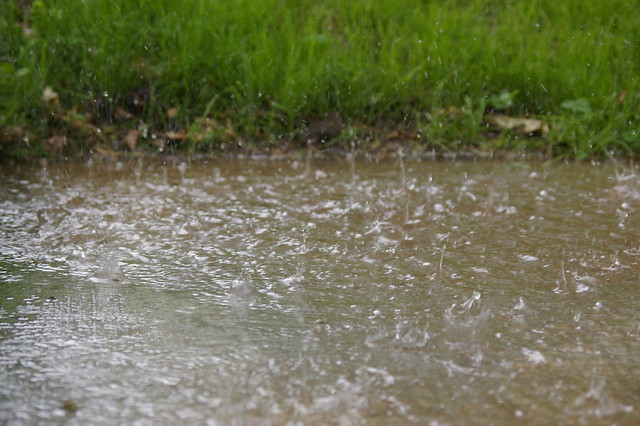One week from this Tuesday, at exactly 5:09 p.m. Central, Venus will begin it’s transit across the sun. This is a once-in-a-lifetime observation opportunity and it is visible to nearly the entire world, so there really isn’t any excuse to miss it. I checked the ten day weather forecast and as of Sunday, May 27th, the predicted whether looks favorable for the Kansas City area.
I will have my telescope (with appropriate eye-saving solar filters applied) setup in Lansing, Kansas, probably by 4:00 pm on Tuesday, June 5th. Post a comment if you would like to join me.
 Three other locations around the Kansas City area will be hosted by the ASKC (see bottom of post for more information).
Three other locations around the Kansas City area will be hosted by the ASKC (see bottom of post for more information).
The following information was compiled by the Astronomical Society of Kansas City (ASKC):
Transit of Venus FAQ
What is the transit of Venus?
Once in a great while, Venus can pass directly between the Sun and Earth. Only the planets Mercury and Venus can do this, since they are the only two planets closer to the Sun than Earth. When they do, they appear as small black dots crossing the face of the Sun over a period of several hours.
When is the transit of Venus?
From the Kansas City area, it will begin at 5:09 PM CDT on Tuesday, June 5th, and continue until sunset, which will be around 8:41 PM. Weather permitting, we will see 53% of the entire transit before sunset.
Why is the transit of Venus such a special event?
Because of the size and slightly different tilt of the orbits of Venus and Earth, a transit does not happen every time Venus passes between the Sun and Earth; it’s almost always “above” or “below” the Sun when it reaches what is called inferior conjunction. In a 243-year cycle, there are only 4 transits. They occur at very uneven intervals – the last one was in June of 2004, but the next one isn’t until December of 2117, 105 ½ years from now!
Historically, timings of transits of Venus were carried out in the 17th, 18th, and 19th centuries to trigonometrically calculate the size of the orbit of Venus, which when applied to Kepler’s 3rd law of planetary motion, determined the absolute (rather than relative) size of every other orbit in the Solar System. This was actually the best way to measure distances in the Solar System until radar and space probes became available in the latter half of the 20th century.
How can I observe the transit of Venus?
You can make a pinhole projector with a couple of pieces of card stock or a small cardboard box; just poke a small hole in one of the pieces or one end of the box, and position it such that it casts a small image of the Sun on the other piece or the other end of the box.
It will be a lot easier to see, though, through a suitable filter, either with your unaided eye or binoculars or a telescope completely covered by a full-aperture filter. Safe filters are available at HMS Beagle, a science store at English Landing in Parkville.
Where will there be organized viewing of the transit of Venus?
There will be at least 3 organized events in the Kansas City area:
- The Astronomical Society of Kansas City will open Powell Observatory in Louisburg. A map and directions are at http://askc.org/images/powell_map.jpg.
- The ASKC will also open Warkoczewski Observatory at UMKC, on the roof of Royall Hall. Park on the 4th level of the parking structure on the southwest corner of 52nd & Rockhill and take the skywalk into Royall, then up 2 flights of stairs to the roof.
- Kansas Citizens for Science, with assistance from ASKC members, will host observing from the rooftop of Coach’s Bar & Grill, 9089 W. 135th, Overland Park.



